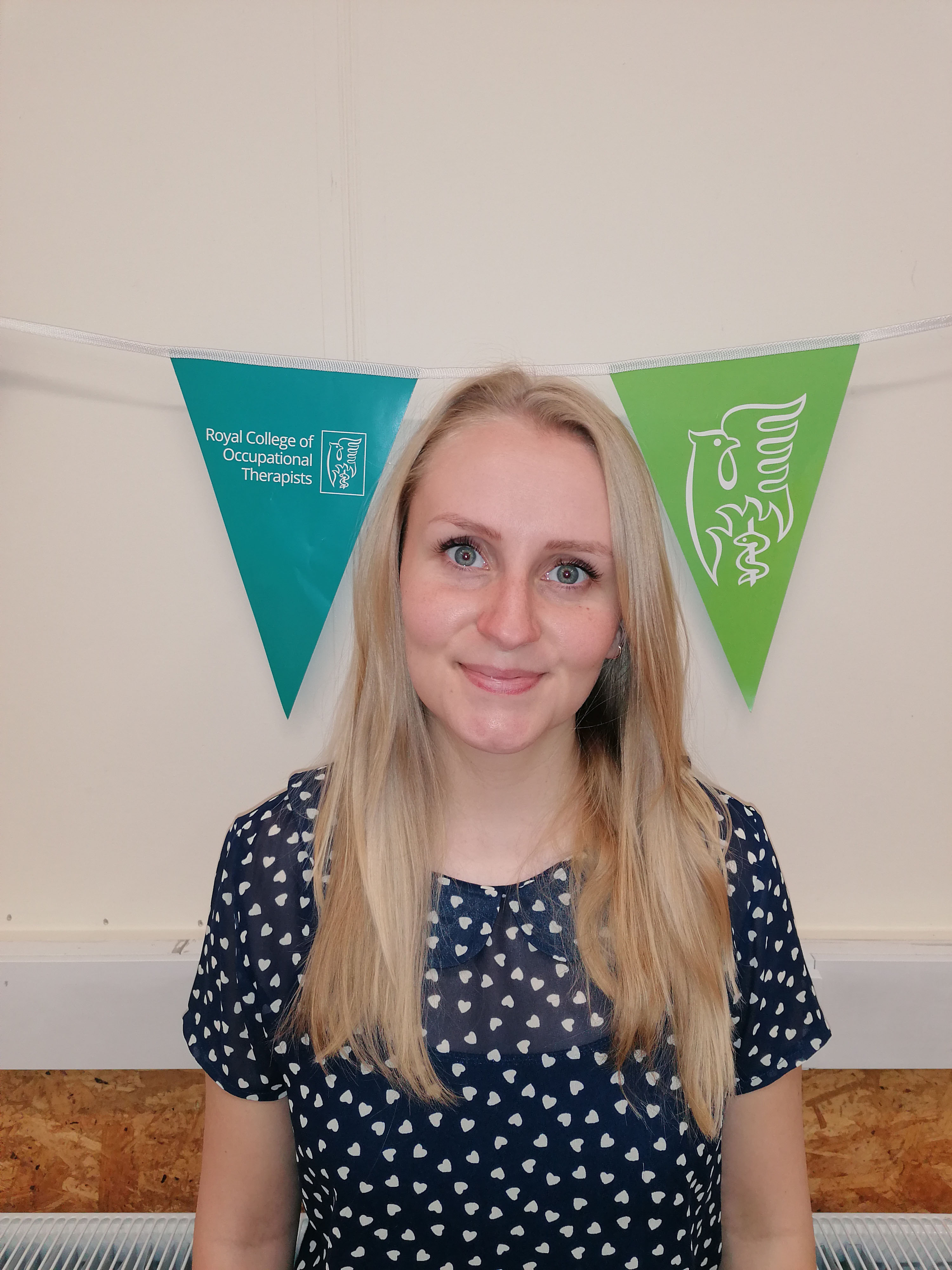Hello, my name is Eleanor, and I am an Occupational Therapist.

Elinor Scruton
What is Occupational Therapy?
I like to describe Occupational Therapy as ‘enabling individuals to do the things that they need and want to do’.
An occupation can mean any activity, from brushing your teeth to attending a place of worship, from making a cup of tea to going on a walk with friends.
Occupational therapy is not about ‘getting people jobs,’ although it sometimes does involve enabling people to work!).
An occupational therapist's role can vary depending on the setting in which they are working; however, occupation is always at the centre of our practice.
How did your journey start?
I always knew I wanted to work in a ‘caring’ profession. I considered several different roles, including Nursing, Midwifery and Radiography.
After spending a day at a Radiography department in my local health board I decided that it did not have the face-to-face patient contact that I wanted. People have always fascinated
me; I wanted a career that would allow me to work with my patients holistically and not see them as a body part or a particular diagnosis.
Occupational Therapy (OT) was not on my radar at all at this point. I had heard of it but did not know much about it. My first experience of OT was a week’s work experience in sixth form. From that week onwards, I knew that I wanted a career in OT.
Studying OT in university involved a range of different learning methods, including lectures with other Allied Health students (including physiotherapy, radiotherapy, and radiography students) and problem-based learning group work.
In our third year, we were expected to complete a dissertation on a subject of our choice.
As with all healthcare professions, a large chunk of the academic year was spent on placements. One of the best things about a career in OT in my opinion is the wide range of settings that Occupational Therapists can work in. Occupational Therapists can even work in schools, prisons, for charities and in care homes.
My placement areas included trauma and orthopaedics, assessment, and home treatment (crisis team), stroke rehabilitation, and inpatient mental health.
My current role.
Despite enjoying all the settings that I have experienced; I have always had a particular interest in mental health.
There are many mental health settings in which an Occupational Therapist can work. These include services that cover all ages, from children and adolescents (CAMHS) to older people (OPMH). We work with individuals who have a mental health diagnosis that is impacting on that person’s ability to carry out occupations that they need and want to do. Depending on the setting, these diagnoses include bipolar, schizophrenia, dementia, personality disorder, depression, and anxiety (to name just a few).
As an Occupational Therapist in the Liaison Psychiatry Team in my local Health Board, I work across all of the general hospital sites in the Health Board to provide mental health assessment and recommendations to support ward staff to plan patient’s discharges from hospital.
Teamwork and effective communication are key in any occupational therapy role. However, in this post I am lucky in that I get to work not only with my Liaison Psychiatry team colleagues, but also with ward staff. I love working in such a varied and sometimes challenging environment.
I am immensely proud to call myself an Occupational Therapist.